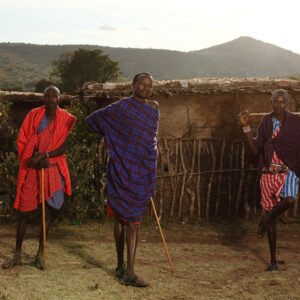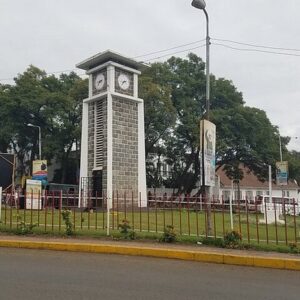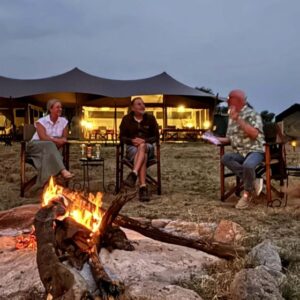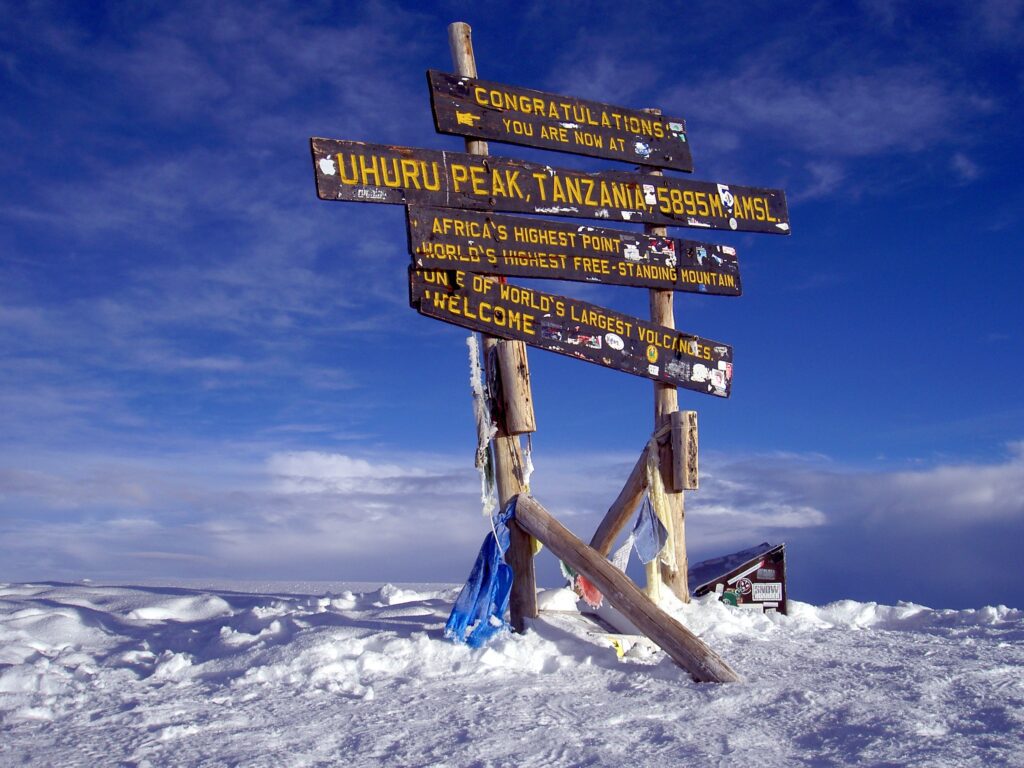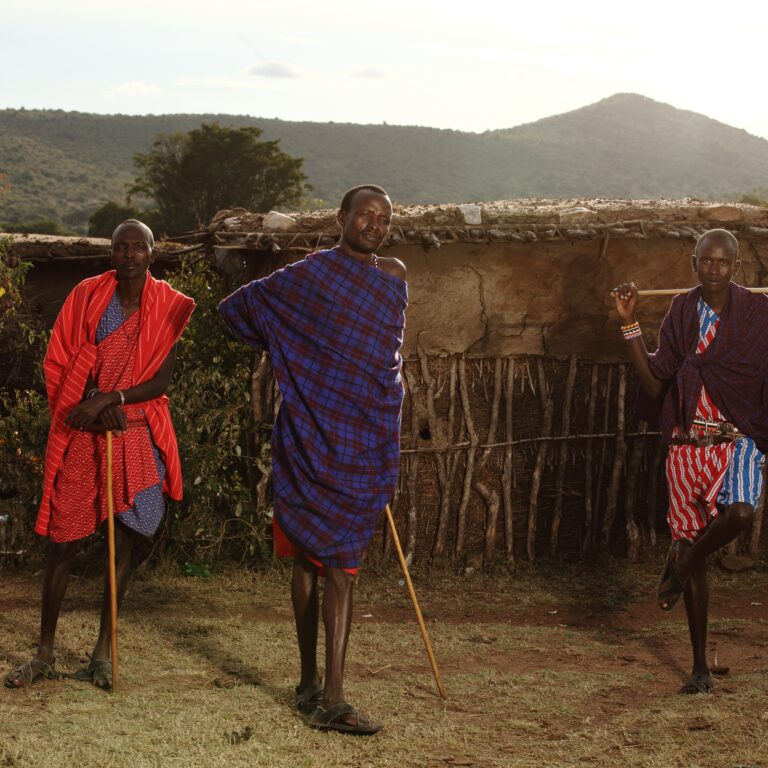Mount Kilimanjaro, the highest peak in Africa, standing at 19,341 feet, is a magnet for adventurers from around the globe. While the allure of conquering this majestic mountain is undeniable, the climb is not without its risks. Are there dead bodies on Kilimanjaro? It’s a very easy evacuation to do by use of a Helicopter or a stretcher, which is why there are no dead bodies on Kilimanjaro. Unlike Mount Everest when people die, it can be difficult to remove their bodies. Final repatriation costs tens of thousands of dollars. This article delves into the statistics, dangers, and safety measures associated with climbing Mount Kilimanjaro.
Statistics of Deaths on Mount Kilimanjaro
Climbing Mount Kilimanjaro is a serious endeavor, and while many climbers reach the summit safely, there are unfortunately some who do not. ✔While Mount Kilimanjaro is generally safe, with a low mortality rate, it’s important to be aware of potential risks and take precautions. Approximately 3 to 10 climbers die annually out of the 30,000 to 50,000 who attempt the ascent, representing a mortality rate of about 0.03%.
✔Mount Kilimanjaro Annual Fatalities: Around 3 to 10 climbers die each year.
✔Kilimanjaro Mortality Rate: The mortality rate is estimated to be around 0.03%.
✔Primary Cause of Deaths: High altitude pulmonary edema (HAPE) is a major cause of deaths, often linked to insufficient acclimatization or too short an expedition program.
✔Other Dangers: Besides HAPE, other dangers include altitude sickness, hypothermia, slips and falls, and exposure to harsh conditions.
Mount Kilimanjaro Historical Data on Deaths
Over the years, the number of deaths on Mount Kilimanjaro has been relatively low compared to other major peaks. Each incident is a somber reminder of the mountain’s inherent dangers. On average, it is estimated that 10 climbers die on Kilimanjaro each year. However, this number can fluctuate depending on the number of climbers attempting the ascent and the varying conditions on the mountain.
What are the causes of Mount Kilimanjaro deaths
The primary causes of death on Mount Kilimanjaro are high-altitude illnesses (HAI), specifically Acute Mountain Sickness (AMS) and its complications, such as High Altitude Pulmonary Edema (HAPE) and High Altitude Cerebral Edema (HACE), along with falls, accidents, and pre-existing health conditions exacerbated by the altitude.
✔Acute Mountain Sickness (AMS): The most common cause of fatalities. AMS can escalate to High Altitude ✔Pulmonary Edema (HAPE) or High Altitude Cerebral Edema (HACE), both of which can be fatal if not treated promptly.
✔Falls and Accidents: The terrain on Kilimanjaro can be challenging, and falls can occur, especially on the more difficult routes. Rockfalls are a particular risk, especially on the Western Breach route, which is now generally avoided due to this hazard.
✔Exposure and Hypothermia: The extreme cold at high altitudes can lead to hypothermia, a dangerous condition where the body loses heat faster than it can produce it.
The extreme cold near the summit can be deadly for those not adequately prepared.
✔Heart Attacks: The physical exertion and altitude can exacerbate pre-existing heart conditions.
✔Demographics of Victims: Victims are often those who underestimate the climb or overestimate their physical capabilities. Older climbers and those with pre-existing health conditions are at higher risk. However, even young, healthy climbers can succumb to the mountain’s challenges. If they are not adequately prepared or do not acclimate properly.
Dangers of Climbing Mount Kilimanjaro
Understanding the dangers is crucial for anyone considering this formidable climb. Some 30,000 people climb Kilimanjaro every year, and the reported number of tourist deaths is about 10 fatalities per year. That is only a 0.03% chance of death; it’s practically zero. Put another way, there is only one death per 3,333 climbers.
✔Altitude Sickness: Altitude sickness is the most significant risk on Kilimanjaro. The rapid ascent means that climbers do not have much time to acclimatize to the decreasing oxygen levels. Symptoms include headaches, nausea, dizziness, and shortness of breath. If these symptoms worsen, it can lead to HAPE or HACE, which are medical emergencies.
✔Weather Conditions: The weather on Kilimanjaro is highly unpredictable. Climbers can experience all four seasons in one day, from tropical heat at the base to freezing temperatures near the summit. Snow and ice can make the final ascent particularly treacherous.
✔Physical Exertion: Climbing Kilimanjaro is physically demanding. The trek involves long hours of hiking each day, often on steep and uneven terrain. The summit night, where climbers ascend from high camp to the peak, is particularly grueling and can take 6-8 hours in freezing conditions.
✔Navigational Challenges: While most routes on Kilimanjaro are well-trodden, getting lost is still a danger. This is especially true in poor weather conditions or if a climber is separated from their group. Approximately 50,000 people ascend Mount Kilimanjaro every year. According to Kilimanjaro travel guides and recorded statistics, on average, 3 to 10 people die each year. The main cause of death is believed to be altitude sickness, specifically Acute Mountain Sickness (AMS), HAPE, and HACE.
Safety Measures for Climbing Mount Kilimanjaro
Despite the risks. Kilimanjaro was climbed safely with proper preparation and precautions. So, Is It Dangerous to Climb Kilimanjaro? If you prepare properly, do your research, and listen to your guide, then climbing Kilimanjaro shouldn’t be too dangerous. The death rate for tourists is very low, at an estimated 10 people a year, and most of these are due to avoidable altitude problems.
✔Choose a Reputable Kilimanjaro Tour Operator: Selecting a reputable tour operator is crucial. Look for companies with experienced guides who are trained in first aid and have a good understanding of altitude sickness. They should carry oxygen and emergency medical kits and have protocols for dealing with emergencies.
✔Acclimatize Properly: Proper acclimatization is key to preventing altitude sickness. Choose a route that allows for a gradual ascent and includes rest days at higher altitudes. The longer routes, such as the Lemosho and Northern Circuit, offer better acclimatization opportunities.
✔Physical Preparation: Physical fitness is important for climbing Kilimanjaro. Prepare by undertaking regular cardiovascular and strength training exercises. Hiking on uneven terrain and carrying a backpack can help simulate the conditions you will face on the mountain.
✔Stay Hydrated and Nourished: Keeping hydrated is vital at high altitudes. Drink plenty of water and ensure you are eating enough to fuel your climb. High-energy snacks can help maintain your energy levels throughout the day.
✔Pack Appropriately: Packing the right gear is essential. Layers are crucial for managing the varying temperatures. Ensure you have a warm sleeping bag, waterproof clothing, sturdy hiking boots, and sun protection. Do not forget essentials like a headlamp, first aid kit, and trekking poles.
✔Know the Symptoms of Kilimanjaro Altitude Sickness: Being aware of the symptoms of altitude sickness and responding quickly is vital. Inform your guide if you start experiencing symptoms, and do not push yourself to continue climbing if you feel unwell. Descending even a few hundred meters can alleviate symptoms.
✔Follow Mount Kilimanjaro cliimbing Safety Guidelines: Adhering to safety guidelines provided by your tour operator and guides can significantly reduce risks. Stick to the designated trails, stay with your group, and listen to your guide’s instructions. Avoid alcohol and smoking, as they can exacerbate altitude sickness.
What is the fatality rate of Kilimanjaro?
Kilimanjaro is remarkably safe in comparison to other large mountain systems. Statistics reveal that there is only a 0.03% chance of dying on the peak, which is a long way from Everest. Every year, over 30,000 individuals attempt to climb Mount Kilimanjaro.
How many people die on Kilimanjaro every year?
On Mount Kilimanjaro, approximately 10 to 15 people die annually, primarily due to altitude sickness, falls, and accidents. While it’s a popular trekking destination, the challenging ascent, especially at high altitudes, poses risks like acute mountain sickness (AMS) and exhaustion. Proper acclimatization, experienced guides, and safety measures can significantly reduce these risks, making the mountain safer for climbers.
Have There Been Deaths on Mt. Kilimanjaro?
Yes, there have been deaths on Mount Kilimanjaro, primarily due to altitude sickness, accidents, and harsh weather conditions. The challenging ascent, with its high altitudes and unpredictable climate, can lead to fatal complications like cerebral or pulmonary edema. While most climbers safely reach the summit, the risk remains, especially without proper acclimatization and preparation. Guides and porters are trained to help mitigate these risks, but fatalities do occur occasionally.
Is Mt. Kilimanjaro Safe to Climb?
Mount Kilimanjaro is generally safe to climb, especially with proper preparation and experienced guides. The main risks are altitude sickness, extreme weather, and physical strain. Climbers should acclimatize properly and be prepared for rapid changes in temperature. While the mountain doesn’t require technical climbing skills, a physical fitness level and awareness of symptoms of altitude sickness are essential. Choosing a reputable tour operator and following safety guidelines greatly reduces risks, making it a popular destination for trekkers.
Kilimanjaro Death Zone
The “Death Zone” on Mount Kilimanjaro refers to altitudes above 18,000 feet (5,500 meters), where oxygen levels are significantly lower, increasing the risk of altitude sickness. In this zone, the body struggles to acclimatize, and climbers may experience severe symptoms like dizziness, nausea, or confusion. Prolonged exposure can lead to life-threatening conditions such as cerebral or pulmonary edema. Climbers are urged to ascend slowly and prioritize acclimatization to avoid entering this dangerous altitude.
Is Mount Kilimanjaro Easy to Climb?
Mount Kilimanjaro is considered non-technical, meaning it doesn’t require advanced climbing skills, but it is still challenging. The trek involves long days of hiking at high altitudes, and climbers must contend with physical strain, altitude sickness, and unpredictable weather. While the ascent is achievable for most people with proper preparation, acclimatization, and fitness, it remains a demanding journey, especially as climbers near the summit. Choosing the right route and pace is key to success.
What are the main causes of Mount Kilimanjaro deaths?
The main causes of deaths on Mount Kilimanjaro include altitude sickness, such as cerebral and pulmonary edema, which occur at high elevations due to low oxygen levels. Accidents, such as falls or slips, also contribute, particularly on steep or icy sections. Additionally, extreme weather conditions, dehydration, and exhaustion can lead to fatal complications. Insufficient acclimatization and lack of proper guidance are common factors, making the trek more dangerous for unprepared climbers.
How to Prevent Mount Kilimanjaro Deaths?
To prevent deaths on Mount Kilimanjaro, climbers should prioritize proper acclimatization by ascending slowly and allowing time to adjust to the altitude. Hydration, nutrition, and rest are essential for maintaining energy. Choosing a reputable guide with experience in managing altitude sickness and emergency situations is crucial. Climbers should be aware of the symptoms of altitude sickness and descend immediately if severe signs occur. Additionally, proper gear, preparation, and pacing can help mitigate risks during the ascent.
How Do You Find A Good Mountain Guide for Kilimanjaro?
To find a good mountain guide for Kilimanjaro, research reputable trekking companies with certified guides. Look for those with experienced, knowledgeable staff who are familiar with high-altitude trekking and safety protocols. Check reviews, ask for recommendations, and ensure the company adheres to safety standards, such as offering proper gear and supporting responsible practices. It’s also important to confirm that guides are trained in first aid and altitude sickness management to ensure a safe and successful climb.
Has anyone died climbing Kilimanjaro?
Yes, there have been fatalities while climbing Mount Kilimanjaro, though they are relatively rare. The causes often include altitude sickness, dehydration, heart attacks, or falls. Despite its popularity, the mountain’s high altitude and challenging conditions can be dangerous. Climbers are advised to acclimatize properly, stay hydrated, and be aware of their physical limits to minimize risks. Proper preparation and following safety guidelines significantly reduce the likelihood of fatalities. Below we have a list of some people who have died climbing Kilimanjaro
1. Gugu Zulu – South African rally driver
2. Scott Dinsmore and his wife, the Entrepreneur
3. Ian McKeever – Irish mountaineer, broadcaster, and motivational speaker
4. Kristian Ferguson – Physicist
5. Mary Lou Sammis – Physicist
6. Jack Delleport
7. Zhu Yush
What are the dangers of Mount Kilimanjaro?


